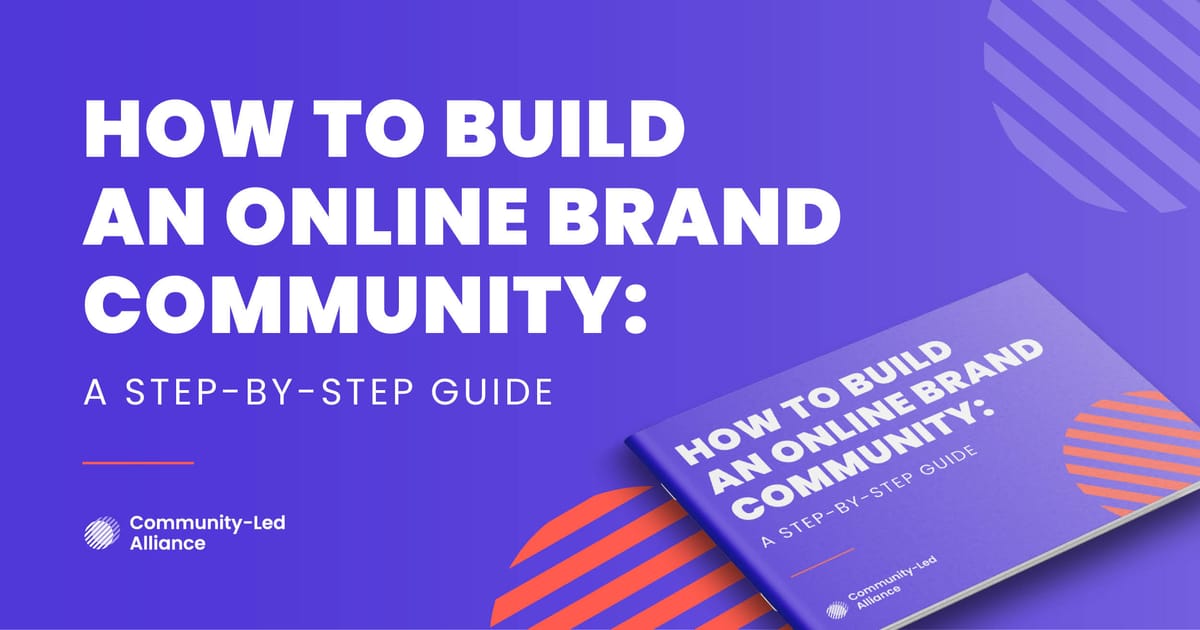“Every conflict we face in life is rich with positive and negative potential. It can be a source of inspiration, enlightenment, learning, transformation, and growth-or rage, fear, shame, entrapment, and resistance. The choice is not up to our opponents, but to us, and our willingness to face and work through them.” – Kenneth Cloke and Joan Goldsmith in Resolving Conflicts at Work: Ten Strategies for Everyone on the Job
Online communities are important spaces for connection, education, and entertainment. However, as communities grow in size and diversity, conflicts inevitably arise.
Whether you own a large global forum or a small group, the impact of unresolved disputes can affect the health and longevity of your community.
So, here’s why conflict resolution is so crucial, as well as some strategies you can use.
Why is conflict resolution important?
Conflict resolution is all about solving disagreements in a constructive way and that leaves your community members feeling satisfied.
The ability to address issues in your community is crucial for its sustainability—after all, if you’re able to manage conflicts successfully, people are more likely to stay in your community. Not solving conflicts will lead to dissatisfaction and churn.
It’s also important to resolve conflicts because it leaves your community members feeling safe and respected, something that’s essential if you want to create a positive environment.
One of community managers’ main goals is to grow their community. By addressing issues as soon as they arise or by preventing them from popping up in the first place, you can focus on growth and innovation instead of internal problems.

Common conflicts found in online communities
Conflicts can range from minor issues to full-blown disputes involving several community members. Small communities may also face different conflicts and challenges than larger communities, even though community size may not have an impact at all.
Some common conflicts (which you may have faced already) include:
- Misunderstanding between members: It’s hard to convey tone when you can’t see the other person and are simply reading a message, which can lead to people misunderstanding intent, as well as emotions.
- Differences in opinions: The same goes for beliefs; having a diverse community is great and should be the goal of every community manager, but there’s no denying that, sometimes, heated debates, arguments, or conflicts can happen due to varied perspectives.
- Behavioral problems: Online communities offer a good degree of anonymity, which can contribute to people feeling like they can disrupt conversations. This can be anything, from harassment to trolling, which can lead to a hostile environment. However, this can also happen in communities where people use their name and photo.
- Power struggles: Sometimes, community members can butt heads due to vying for influence or status within a community.
- Privacy concerns: You may have a conflict on your hands if your community members believe their privacy has been violated, whether due to doxxing or because someone shared their comments somewhere else.
- Rules enforcement: People may not agree with your community guidelines or rules, which can lead to them feeling unsatisfied and start disagreeing with you.
- Personality clashes: Different personalities will often clash, especially in an online setting where they’re behind a screen. This can be harmless but it’s always important to monitor the situation for potential problems, especially if more people get involved.
- Self-promotion: Some communities don’t allow for self-promotion, and most will frown upon spam, so this can lead to conflicts if members are constantly interrupting conversation to self-promote or keep linking to their website, etc. Other community members may get angry at this, which can lead to conflict between them.
Conflict resolution worksheet
So, how can you resolve conflicts in your community? What steps should you take?
We understand that conflicts vary in nature and that resolution strategies should be tailored to each specific situation. While a structured resolution can work for some people, others may simply appreciate a comment or reminder of the rules, while others may need a mediator in order to move past the conflict.
Take the personalities in your community into account when you sit down to create a conflict resolution plan—or simply when you’re trying to think about a way to lay matters to rest without further issues.

We put together a conflict resolution worksheet that could help you to organize your thoughts, get inspired, and get ideas to solve problems in your community, be it a small or large space.
1. Establish clear guidelines
- Have consequences for everyone who doesn’t abide by those rules.
- Firstly, you should have clear rules about acceptable behavior.
2. Identify the conflict
- Document what happened (facts and timeline of events), making sure to listen actively.
- List everyone involved (and identify roles and relationships).
- Understand the impact of the conflict (note any disruptions, feedback, etc.).
- It’s important that you remain neutral.
3. Analyze needs and interests
- Identify the needs and concerns of everyone involved.
- Ensure confidentiality and be open to what people have to say.
- Show empathy towards the feelings of everyone involved, validating them and letting them know they’re heard.
4. Communicate clearly
- Come up with a plan to facilitate communication between the parties involved.
- Encourage everyone to share their perspectives and feelings.
- Facilitate dialogue techniques such as “I feel” statements and active listening.
- Schedule mediation sessions if necessary.
- Use simple language so that all parties fully understand the points being made.
5. Come up with solutions
- What are possible solutions that address all the needs and concerns of the parties involved? This is your chance to brainstorm with everyone.
- Act as a mediator to all parties in order to find common ground.
- Assess how feasible and realistic the proposed solutions are.
- Come up with the specific steps that’ll need to be taken to implement the solution (include responsibilities and deadlines).
6. Implement and follow-up
- Implement the solutions and monitor its progress.
- Gather feedback from all parties to ensure everyone’s satisfied.
- Schedule follow-up sessions and make adjustments as needed.
7. Reflect
- Think about the process and its outcomes, and consider what worked well and what can be improved for next time.
- Provide on-going support to all parties involved to ensure no further issues.
In short
Conflict is a natural part of any community, since different people will have different points of view and opinions. By understanding the sources of the conflict and implementing solutions, you can create an environment where all community members feel valued and heard.
Download our free playbook to get tips on how to build your online community - start today!





